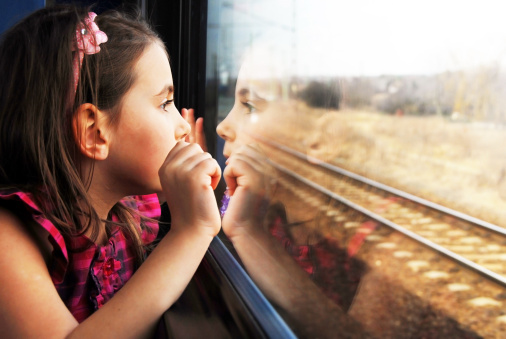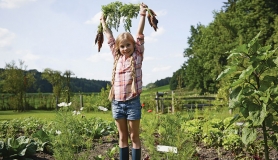Give time to each and every thing
Slow Travel is the antithesis of the plane/hotel/hire car kind of holiday. Emulating the travellers of yore, slow travel is as much about the journey as the destination. Taking time to reach your destination is a prerequisite, as is making time for those auspicious meetings and adventures to hidden locations along the way. Slow Travel grew out of the Slow Food movement, as people began to react to the increasingly fast pace of life and the sense that they were missing out on real experiences. The Slow Food movement started in Rome as a reaction to the threat of a McDonalds in the city. It embraces local food, grown, selected and cooked lovingly, and shared with family and friends. Slow Travel runs along similar themes: by travelling slowly, you create more time to support local communities, find out about the people who live in the country or area you’re visiting, and connect with traditions and customs. Both movements reject the homogenisation of popular culture, and celebrate difference. As Carl Petrini, the founder of the Slow Food movement says, “The art of living is about learning to give time to each and every thing.”
Immerse yourself in local culture
Some of life’s most memorable life experiences are often created by stepping off the beaten track: friends made, interesting places found, quirky conversations that open up a day of possibilities. Slow Travel is also a state of mind. It encourages an openness and willingness to experience life as it comes, to enjoy a missed train as an opportunity, to sit back, relax, enjoy, and often just be still. Fully immersing yourself in your environment enhances your experience, so learning some of the local dialect, visiting markets and local shops, and joining in with community activities as much as is feasible, are all Slow Travel approaches.
Modes of transport
Slow Travel harnesses some of the most interesting – and green – modes of transport: train, bus, boat, bicycle and foot. More adventurous slow travellers might opt for one of the oldest forms of transport: the wonderful horse. Or perhaps a donkey or a camel will be your travel partner! Slow Travel doesn’t have to be prohibitively expensive. Travellers from history – before planes and cars – have written extensively about their slow travel experiences, and many of these were funded by rich families: these were people who could literally travel all year without worrying about the bank account. It might seem that to travel slowly, you have to be able to afford six week holidays. But slow travel is really about approaching your holiday with a different mind-set. Even if you’re only going a short way – a few counties away or across the channel to France – it’s about taking it at a leisurely pace, making regular stops to soak up your surroundings, stopping to chat to people and enjoy local food, and making your journey part of the holiday. And even if you are unable to travel to your destination using slow travel transport, you can employ the Slow Travel precepts when you get there.
Kids are our greatest teachers
As with most things, kids are our greatest teachers when it comes to Slow Travel. Any parent who has been in a hurry to get somewhere will recognise the toddler who wants to stop and examine every leaf, or talk to passing dogs. If we allow them to, children can really teach us how to live. A holiday is a perfect opportunity to slow everything down to ‘child time’ – as parents we can forget pressing phone calls, emails and all of the everyday stresses and literally surrender to the wonderful timelessness of childhood. And if your holiday journey is usually punctuated by cranky little people begging ‘are we there yet?’ from the back seat of the car, it may well be time to explore a different form of transport. Slow Travel affords the whole family time and space to enjoy the journey, and learn a whole lot along the way.
Want to know more:
Slow Movement website
Slow Travel Europe
The Way of Slow Travel
The Art of Slow Travel
Family on Bikes – amazing website about a family’s three year cycle ride from Alaska to Argentina
International Institute of Not Doing Much – sophisticated life in the slow lane







